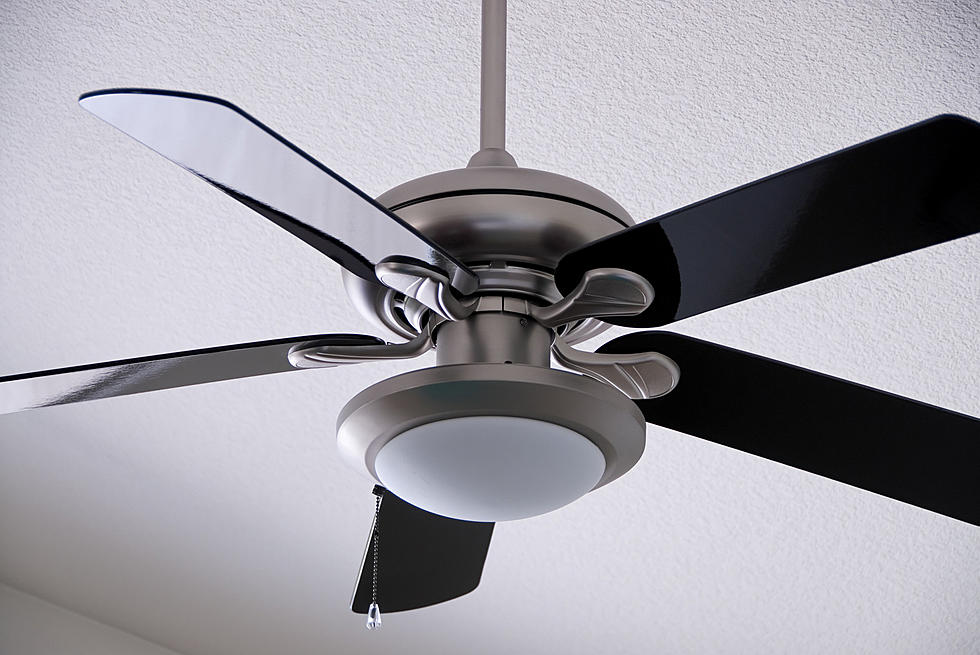
Time to Reverse Those Ceiling Fans, Minnesota!
With the changing of seasons, it's time to change the direction of your ceiling fan!
I love sleeping with a ceiling fan. Actually, these days I need a ceiling fan -- or any fan -- to sleep. Between the rotating air and white noise, I've conditioned myself to need very specific conditions for a great night's rest. I'm not the only one; my wife also needs a fan as do many others I know. According to a 2020 article by Healthline, potential benefits to sleeping with a fan include its cooling effects, white noise, air freshener, and even preventing sudden infant death syndrome (SIDS) in babies.
I remember being a teenager when I first discovered an inconspicuous switch on my bedroom ceiling fan. Switching it, I quickly realized that the fan could change the direction in which the blades spins, changing the flow of air in the room. I also learned the reason for this -- in the summer (or warmer months) the fan should be set to blow the air downwards to cool and in the winter (or colder months) the fan should be set to pull the air upwards to keep you warmer. Admittedly, even all these years later I still forget which direction the fan is supposed to blow in which season.
With May here and summer approaching, it's time to flip that switch on your ceiling fans and get them spinning in the other (warm weather) direction. A clockwise-spinning fan will draw the air up while a counterclockwise-spinning fan will push air down. Another benefit of setting the fan the blow the right way is a lower energy bill. NY1 reports that the Department of Energy says you can raise the thermostat as much as four degrees in the summer when your fan is turning the right way.
So, here's to a cooler -- and counter-clockwise -- summer, Minnesota!
LOOK: Here are the 50 best beach towns in America


![An Older Vikings Fan Got Into A Major Brawl With A Carolina Panthers Fan After The Game [VIDEO]](http://townsquare.media/site/164/files/2021/10/attachment-GettyImages-1347104660.jpg?w=980&q=75)
